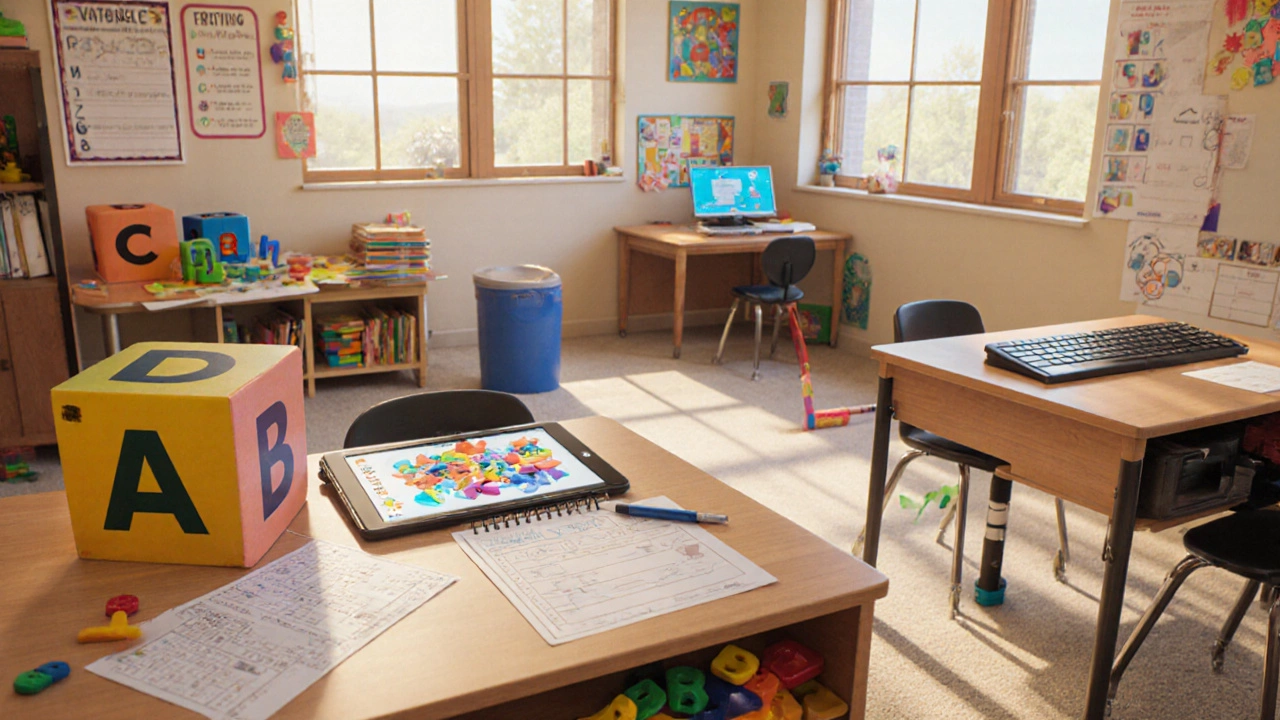Dyslexia Resources and Insights
When working with Dyslexia, a neurodevelopmental condition that makes reading, spelling and writing harder than for peers. Also known as reading disorder, it affects millions of children and adults worldwide. Understanding how it shows up in the classroom helps teachers, parents and learners plan better. dyslexia isn’t just about slower reading; it shapes confidence, study habits and even career choices.
Why Understanding Dyslexia Matters
One key fact is that ADHD, attention‑deficit/hyperactivity disorder, a condition that can overlap with dyslexia often co‑exists with dyslexia, creating a double challenge of focus and decoding. This overlap means students may need tools that address both attention and literacy. Another essential piece is multisensory teaching, an instructional approach that uses sight, sound, touch and movement to reinforce learning. Research shows that engaging multiple senses boosts word recognition and retention for dyslexic learners. Finally, viewing dyslexia within the broader context of special needs, educational categories that require tailored support and inclusive practices encourages schools to adopt policies that reduce stigma and promote equity.
Dyslexia encompasses reading difficulty, but it also influences how students organize information, solve problems and participate in discussions. Effective dyslexia support requires multisensory teaching, which links visual letters to sounds, tactile tracing and rhythmic repetition. Inclusive language around special needs helps create a respectful environment where learners feel safe to ask for help. When teachers combine these strategies—clear phonics, structured routines and empathetic communication—the gap narrows quickly.
Below you’ll find a curated collection of articles that dive deeper into each of these areas. From practical classroom tips to the latest research on ADHD‑dyslexia overlap, the posts below give you actionable ideas you can try today. Explore the range, pick the insights that match your situation, and start building stronger learning experiences for every dyslexic student.

Understanding the Four D's of Learning Disabilities: Dyslexia, Dysgraphia, Dyscalculia, Dyspraxia
- by Eliza Fairweather
- on 21 Oct 2025
Explore the four D's of learning disabilities-dyslexia, dysgraphia, dyscalculia, and dyspraxia. Learn their signs, causes, classroom strategies, and how to get proper support.
